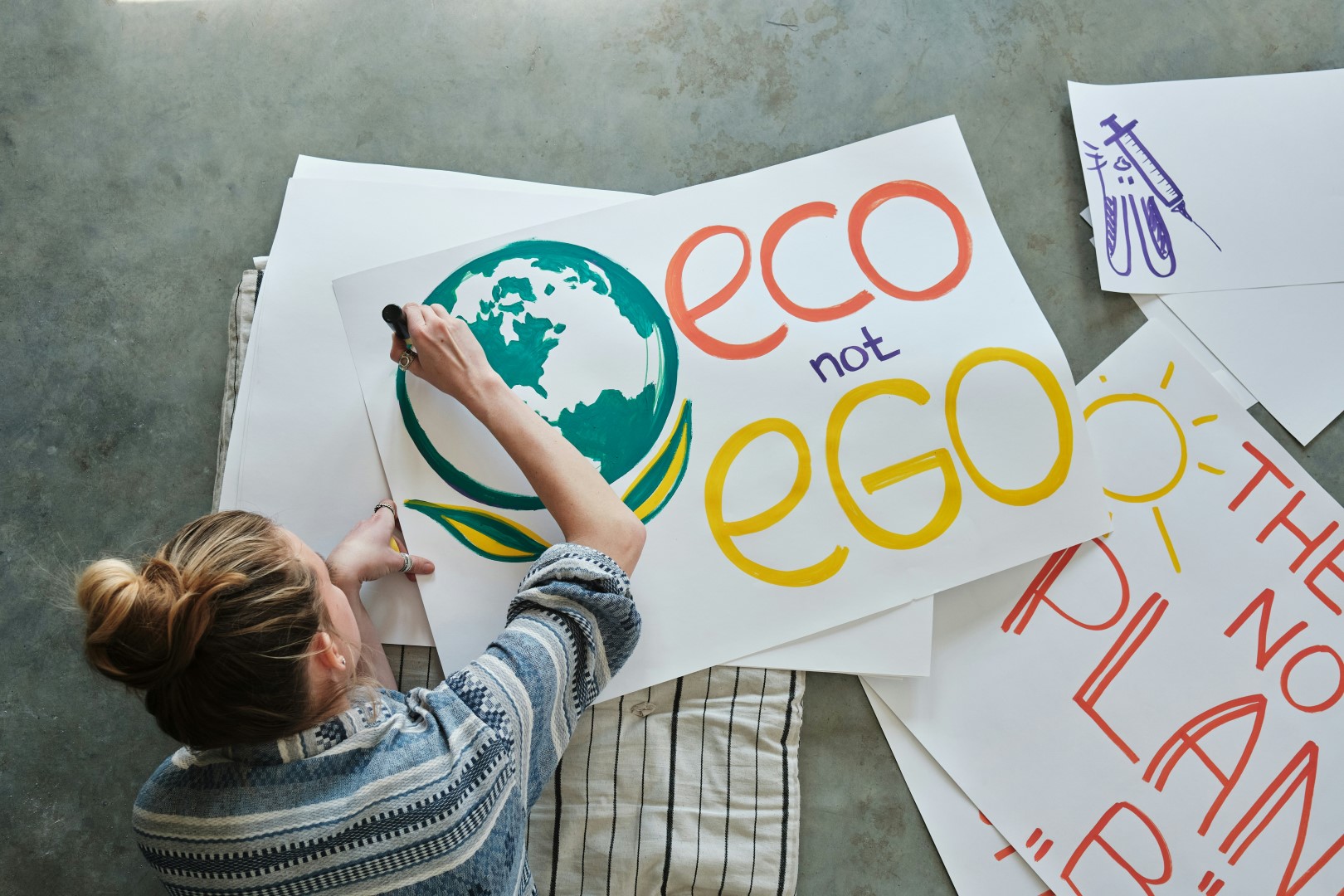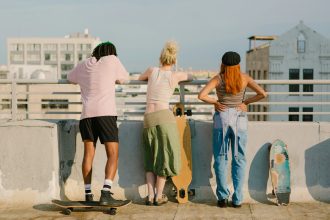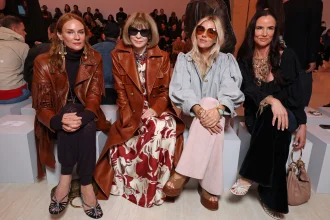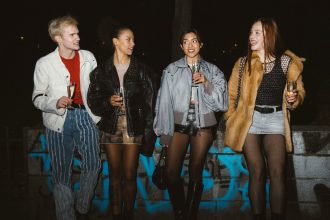We’re living in a time when Greta Thunberg gets Vogue covers and the Met Gala’s “green carpet” is as hot as the red. Sustainability isn’t just a buzzword—it’s become a badge of honor, stitched into our wardrobes and woven through our daily rituals. But sustainable style has never meant sacrificing the pleasures of everyday beauty. In fact, the most stylish people I know are those who can pair a silk slip dress with compostable sneakers and make eco-conscious choices look effortless.
Let’s be honest: the green revolution isn’t exactly new. From Vivienne Westwood’s punk reimagining of upcycling to Lorde’s lyrical odes to “solar power,” the urge to tread lighter on the planet is a cultural throughline. The challenge, now, is making that ethos a seamless part of daily life—without losing touch with style, comfort, or self-expression. Here’s how I’ve been rethinking my essentials, and why it feels less like compromise and more like evolution.
Rethinking the Basics: Chic Swaps for a Greener Routine
When I first started swapping out my everyday products for eco-friendlier options, I had flashbacks to scratchy hemp grocery bags and shapeless beige tees. Thankfully, today’s alternatives are anything but dowdy. Sustainability has gone mainstream, and brands are in on it—just look at Stella McCartney’s cruelty-free cool or Everlane’s radical transparency. The new wave of essentials is about mindful design, intelligent materials, and—crucially—a sense of fun.
The Modern Tote: From Canvas to Cactus
Plastic bags are fading, but the reusable tote has gone high fashion. I’m partial to the cactus leather bags from brands like Desserto and the supple pineapple “leathers” that mimic the real thing, minus the cow. They’re tactile, lightweight, and—unlike their PVC or vinyl cousins—biodegradable. I keep a rotation by the door: one for the market, one for work, and a tiny metallic one (made from recycled aluminum, of course) for impromptu nights out. Picture it: a bag that’s as much Basquiat as it is Birkin.
Dressing for the Future: Fabrics That Feel Good
Fast fashion is out, but fast innovation is in. My wardrobe is slowly becoming a living mood board for eco-textiles: breezy Tencel dresses, organic cotton tees, and even sneakers sewn from ocean plastic (Adidas x Parley, anyone?). What I love about these fabrics is that they challenge the old binaries of “eco” vs. “luxury”—they’re soft, breathable, and they drape like a dream.
For something with a story, I look for vintage—always chic, always sustainable. There’s a certain poetry in wearing a 1970s silk scarf or a pair of Levi’s that saw a few sunsets before I was born. Vintage isn’t just recycling; it’s remixing, like sampling Nina Simone in a Frank Ocean track.
Beauty Without the Waste
It’s easy to get swept up in the minimalism of a glass skin serum or the velvet pouch of a designer lipstick. But the beauty industry is notoriously wasteful, with billions of plastic tubes and jars heading to landfill every year. A new generation of brands is rewriting that narrative.
I’ve fallen hard for refillable beauty—think lipstick bullets by La Bouche Rouge or Fenty’s sleek compact powders. There’s something satisfyingly tactile about unscrewing a glass bottle and knowing it’s built to last. Shampoo bars (Lush does zingy citrus versions), bamboo toothbrushes, and biodegradable face wipes are also in heavy rotation. It’s a quiet rebellion every time I skip single-use and choose something made to endure.
The Art of the Everyday: Green Living as Personal Style
Sustainability isn’t just about what you buy. It’s about how you live, and—let’s be real—how you want to be seen. The rise of “tablescapes” on Instagram and the resurgence of dinner parties à la Nora Ephron speak to a broader desire for beauty, ritual, and connection. For me, eco-friendly essentials aren’t separate from my sense of self; they’re an extension.
At Home: Objects of Desire, Built to Last
There’s a slow art to curating a home that feels both personal and planetary-conscious. I’m obsessed with Japanese furoshiki wraps for everything from packing lunches to last-minute gifts. They’re beautiful—think prints that rival a Hockney painting—and endlessly reusable.
For the kitchen, glass storage jars and beeswax wraps have replaced single-use plastics. They’re tactile and satisfying, almost meditative. I brew my morning coffee in a French press and sip from a ceramic mug thrown by a local artist. There’s something grounding about tracing the rim and imagining the hands that made it—part of a larger, quieter movement back toward craft.
The Culture of Conscious Consumption
If fashion is a mirror of the times, eco-friendly essentials are the new signifiers. They telegraph values but also attitude—a refusal to accept the old ways as the only ways. Think of how Billie Eilish’s signature oversized looks are both a style statement and a rejection of fast-fashion norms, or how Phoebe Philo’s Céline made understated luxury feel quietly radical.
Music, too, is finding its eco-edges: festivals like Glastonbury have banned glitter and single-use plastics, and artists are swapping private jets for trains. It’s a slow shift, but it feels—finally—like a movement with momentum.
The Joy of the Remix
If there’s one thing pop culture has taught us, it’s that reinvention is an art form. Eco-friendly living is less about deprivation and more about remixing what’s already good: a closet staple, an everyday ritual, a favorite café order (oat milk, please). It’s about savoring materials that feel alive and stories that last beyond a single season.
The best advice I ever got was from a designer friend who told me: “Always choose things you want to keep forever.” That’s the true north of sustainability—choosing essentials that feel essential, not just for their function, but for how they shape your sense of self in the world.
So yes, I still love a great pair of boots and the perfect white T-shirt. But now, I want to know where they came from, who made them, and how they’ll journey with me. Eco-friendly alternatives aren’t an endpoint—they’re the new language of style. And the best part? They make every day feel a little more deliberate, a little more artful, and a lot more alive.






